#Tutorials
Explore tagged Tumblr posts
Photo
This is such a useful reference!



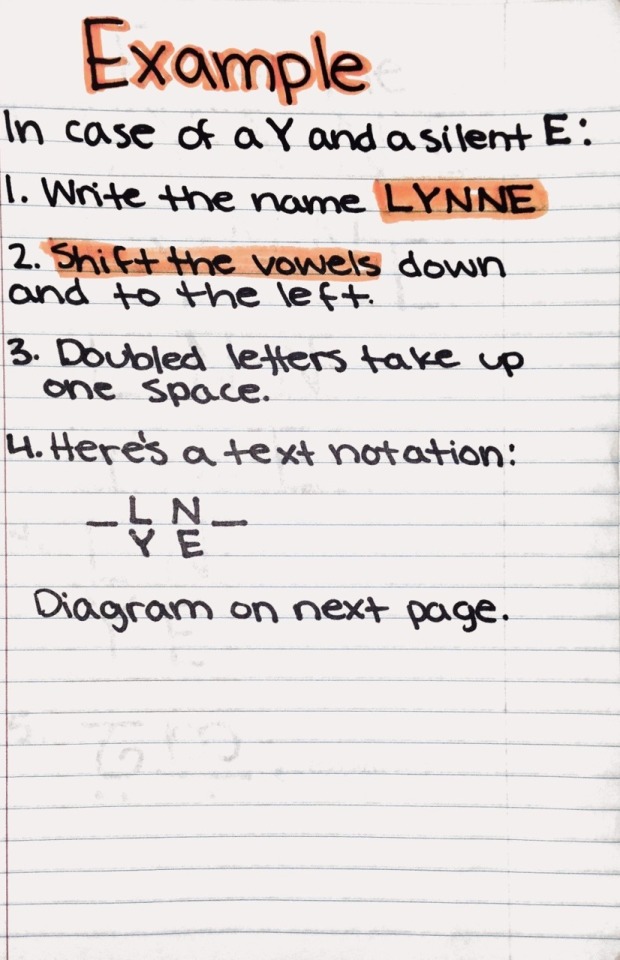

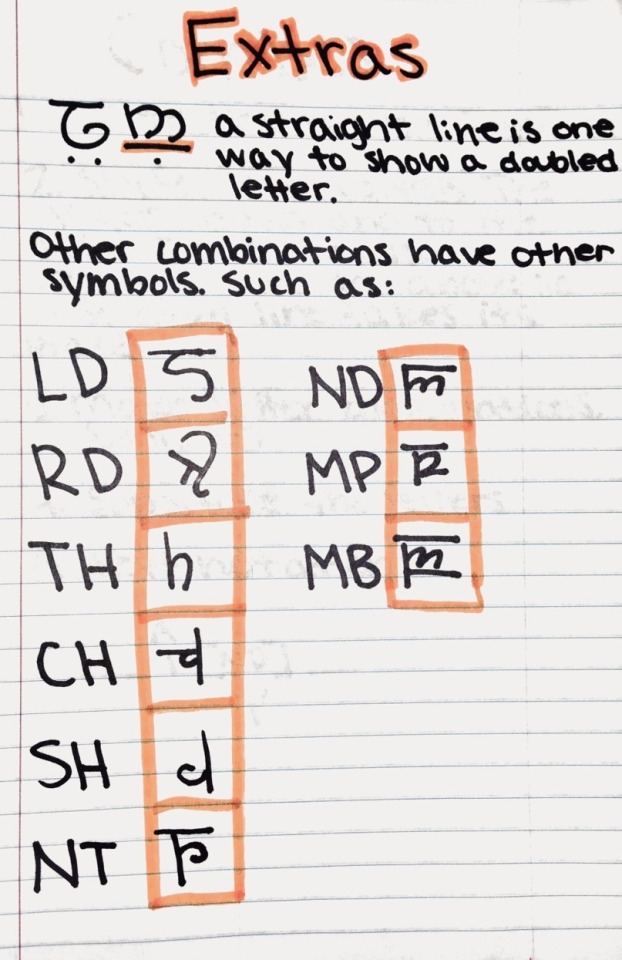
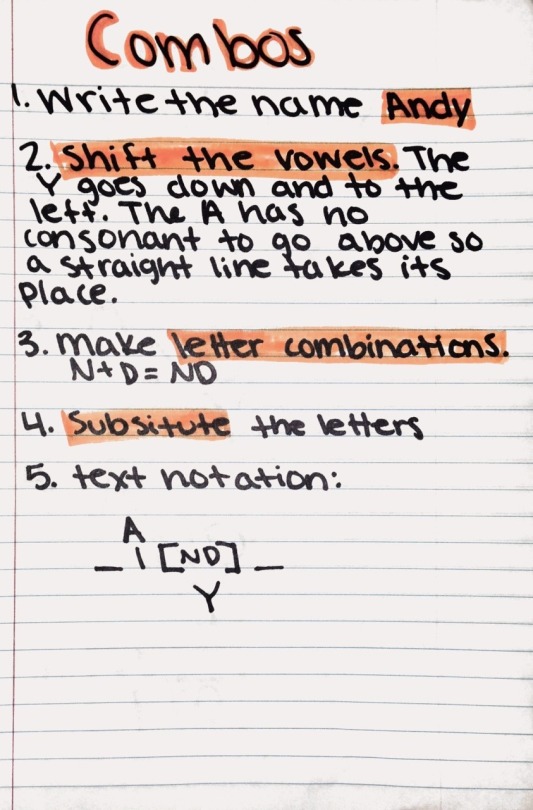


481K notes
·
View notes
Note
hello I was wondering if you can do a step on step on how you made the shadow shoes because Im planing on doing shadow for a cosplay in the future and I don't know how to make the shoes so that would be great if you can do a step on step tutorial on it
Absolutely! :)
First pair I made- I found these side zip-up boots that I painted with white acrylic paint (don't do that. It WILL flake off)


Everything else is 5 or 2mm EVA foam that I painted and glued on with either superglue or hot glue.
I don't have a pattern I can share, since this totally depends on your specific shoes, but the shapes are pretty straightforward!



These shoes actually held up REALLY well, minus the white paint which cracked horribly and there was absolutely no fixing it, although I tried.
If you paint pleather like this, you need to use a pleather specific paint, like angelus leather paint OR find a pair of shoes that has a more fabric-y texture and use either fabric paint or acrylic paint mixed with textile medium. Anything else will likely flake off.


I bought a new pair which had a more fabric-like texture and painted it with textile medium and acrylic paint. For this pair I wanted to build up the thickness of the toes, so I also added 2mm EVA foam.


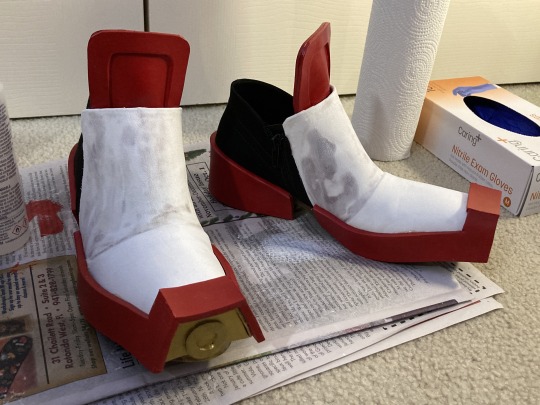
Blending it with just paint ended up being difficult, so I scrapped that and glued white fabric on top of both the shoe and EVA foam. This step is totally unnecessary, but if you do this try to keep in mind where your foot flexes to minimize the EVA foam rubbing or bending too much.
These are the shoes after a full con day- no peeling or chipping this time! (The fabric isn't perfectly smooth but that's my fault- it's also not noticeable unless you really look up close at it)

Also, the gold bands are attached to the front with velcro to make the shoes easier to take on and off :) I hope this helps! lmk if you have any questions!
#Shadow the Hedgehog#Cosplay#My Cosplay#Cosplay Tutorials#tutorials#Shadow the Hedgehog cosplay#Sonic the Hedgehog#I respond to stuff
15 notes
·
View notes
Text
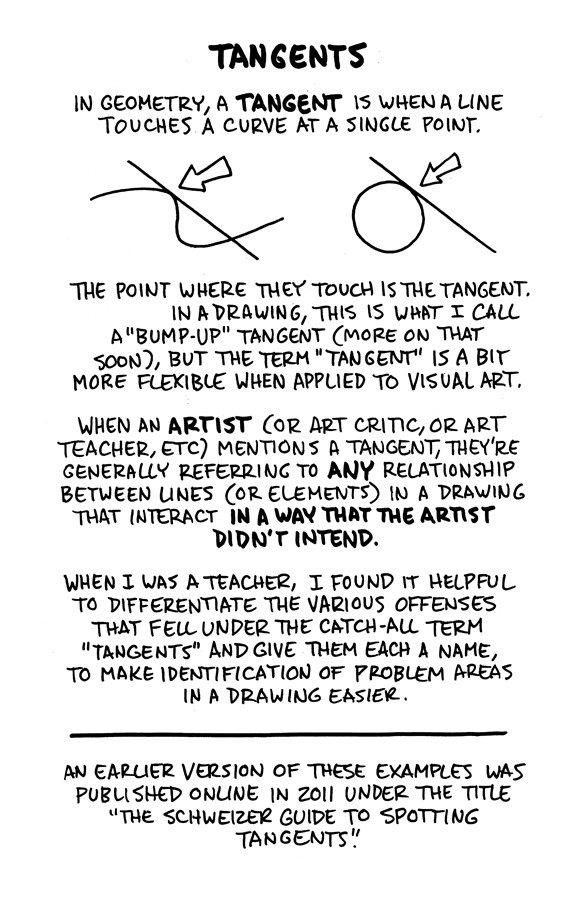
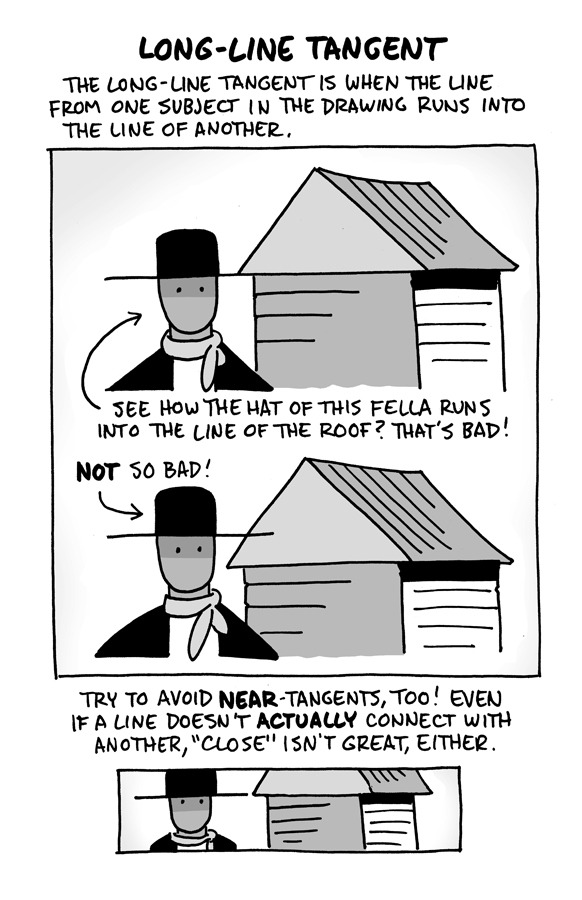
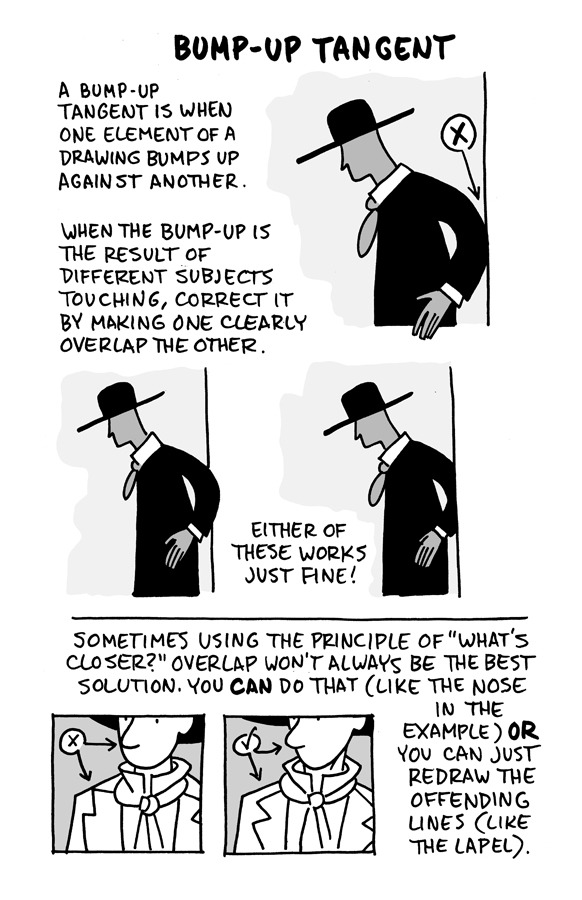
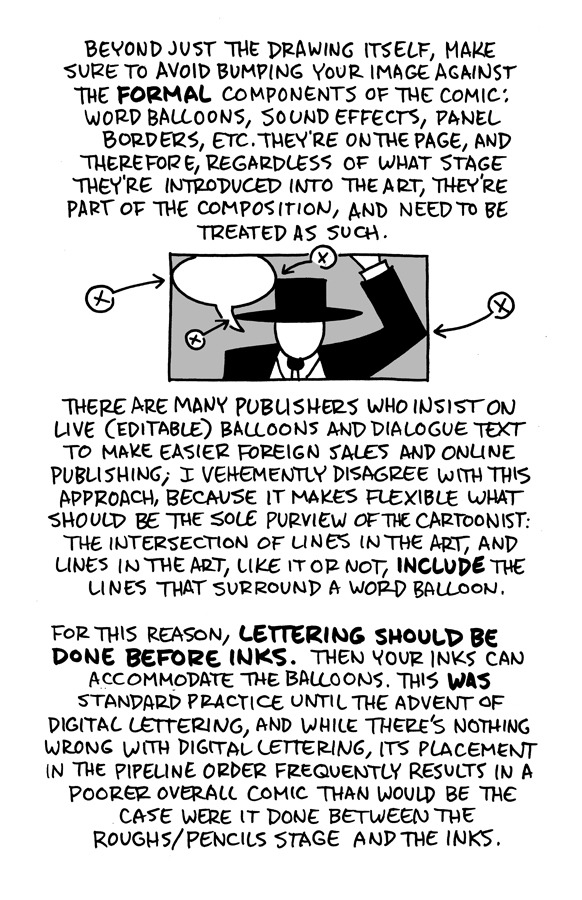
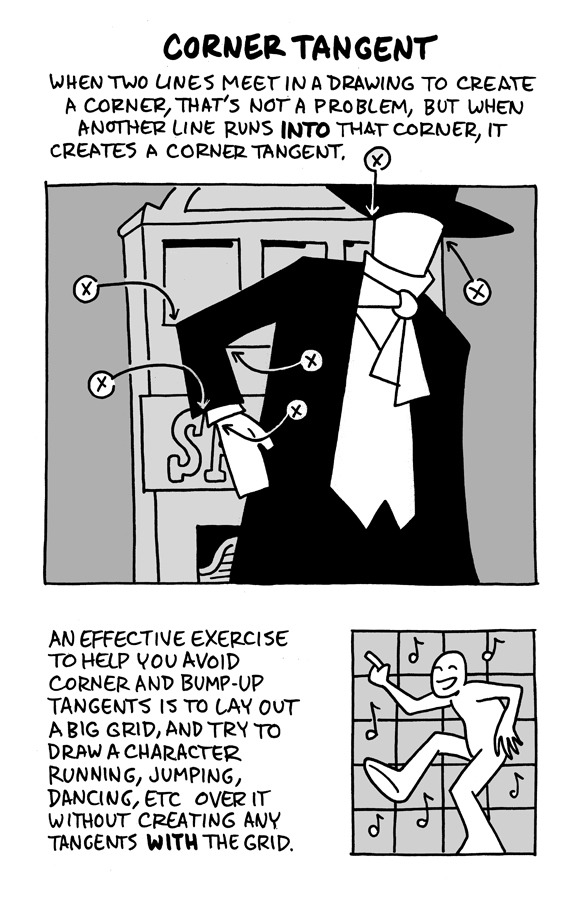
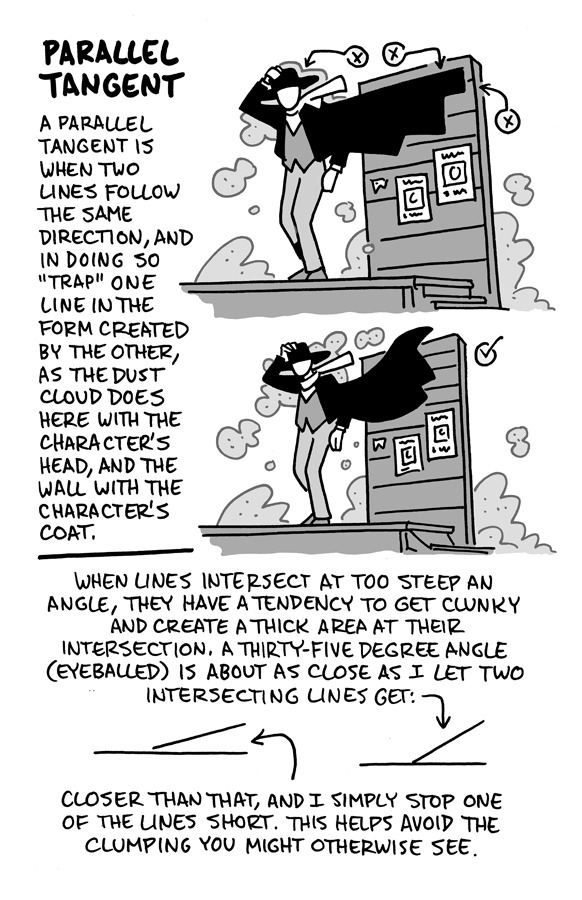
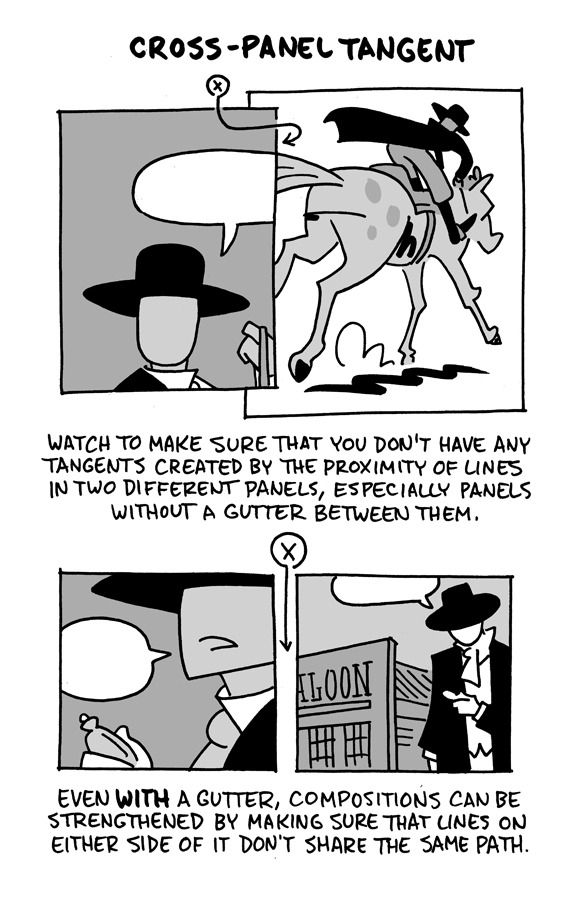
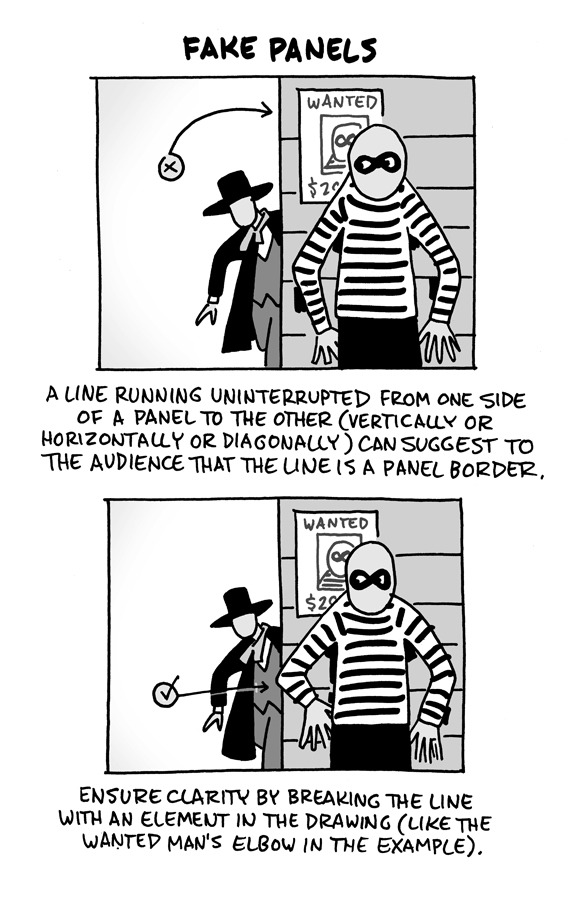
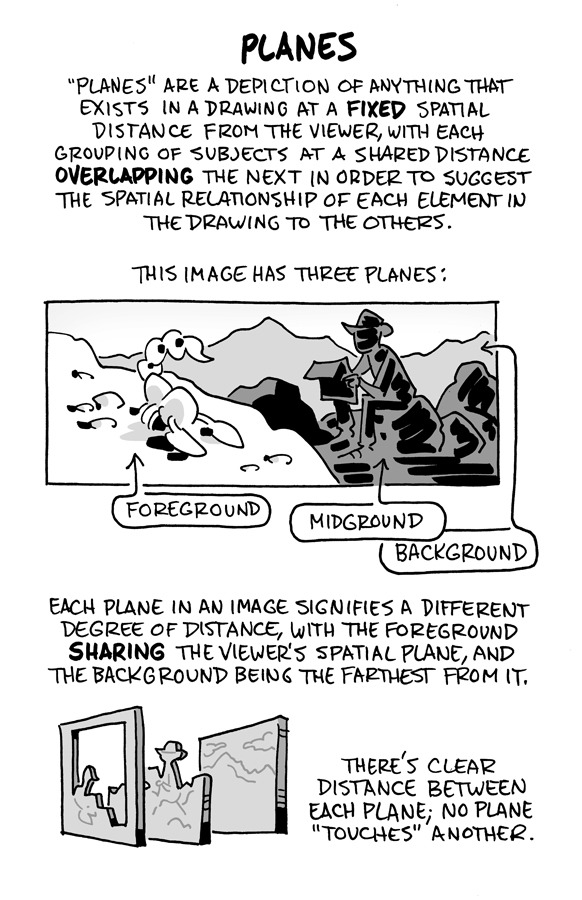
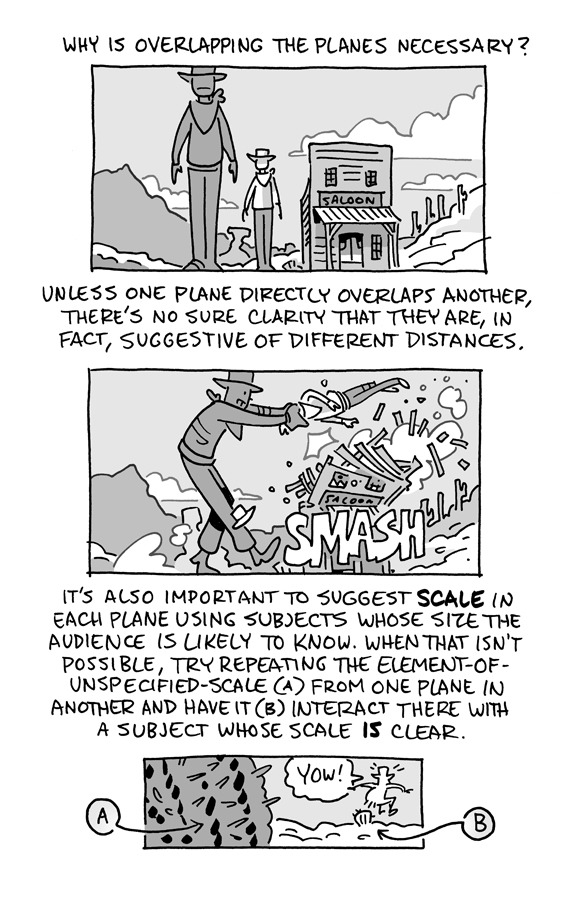
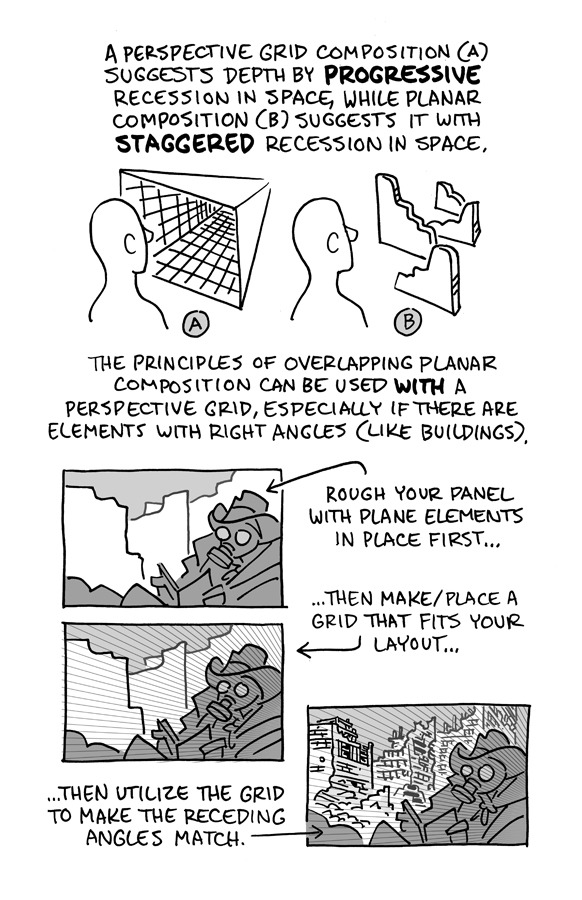
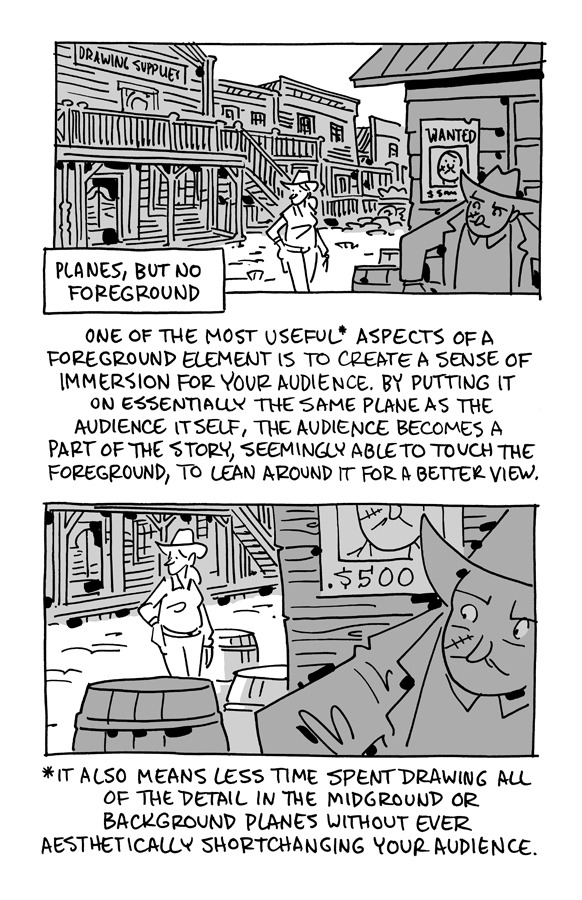
Hello, friends!
I reworked the ol' "Schweizer Guide to Spotting Tangents" lecture from my comics-teaching days, figured I'd share it here. If you want a free, printable PDF for yourself or to share (especially if you're an educator), you can find it at the bottom of this same lesson on my website.
-Chris
13K notes
·
View notes
Note
I should take this into account when drawing Dorceans XD
Any advice for what to do when posing a character with four arms? I don't know how to pose the other two without them just doing the same thing as the top two.
This is an excellent question! I’m glad we can tackle some kind of inhuman anatomy here too.
First, let’s look at the different ways to position the second pair of arms (there are many other ways, but these are very common):
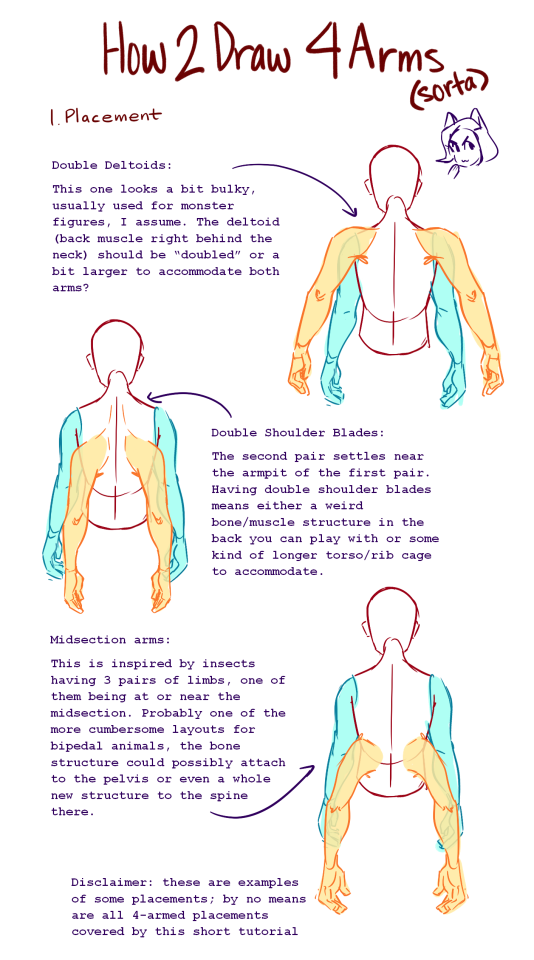
Second, positioning can have to do with the character’s emotion or personality. Here are a few ways to show that:
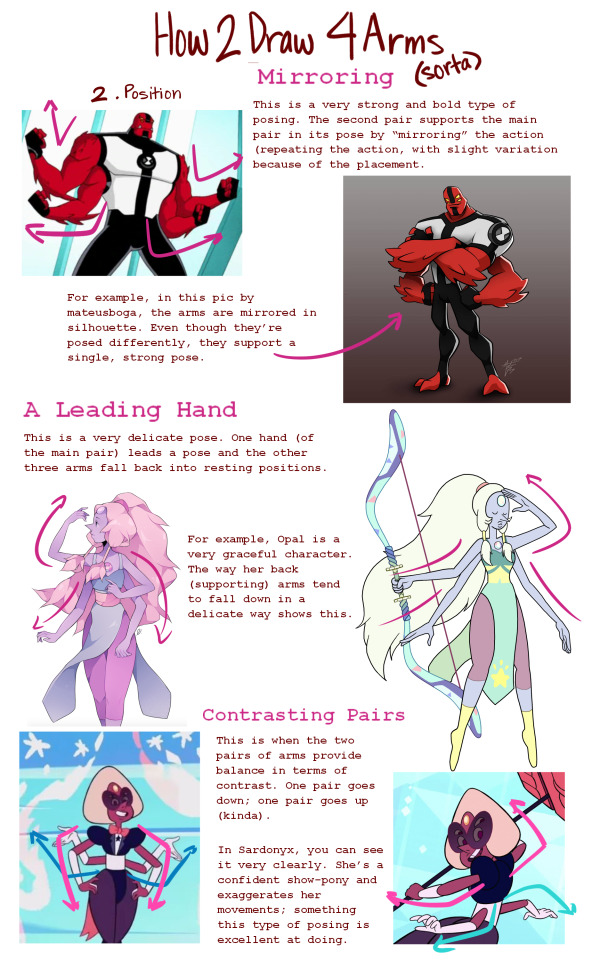
In the end, I think it should also come down to silhouette (how the character looks in one solid color, no inner details). If that looks clunky, the whole thing looks clunky. A good pose should make a good and interesting (if not clear) silhouette.
Links to the Opal and Four Arms art I used:
http://e021.tumblr.com/post/127361266564/really-shiny-opal-doodle
https://www.deviantart.com/mateusboga/art/Ben-10-Four-Arms-686615241
-Mod Future (ko-fi)
6K notes
·
View notes
Text




I have to draw a lot of gold and metal for my work, but wasn't happy with any of the metal tutorials i could find around. I prefer really specific instruction, so after some research i put together what i think works as a generalist's guide/tutorial. Not perfectly accurate, but i hope it's helpful!
#tutorial#tutorials#art#painting#artists on tumblr#reference#art reference#useful#art tutorial#art resources#tips#longpost
31K notes
·
View notes
Text
gonna show u guys a little opalescent highlight hack i threw together today
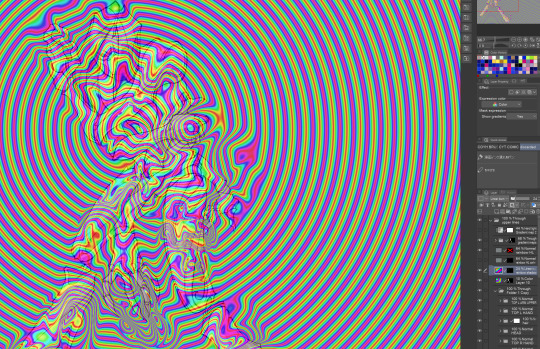
rainbow gradient above your main figure (i usually have all my main figure folders/layers in one big folder, so i can clip gradient maps + adjustments to it!). liquify tool to push the colors around a bit. STAY WITH ME I KNOW IT LOOKS STUPID RN I'M GOING SOMEWHERE WITH THIS
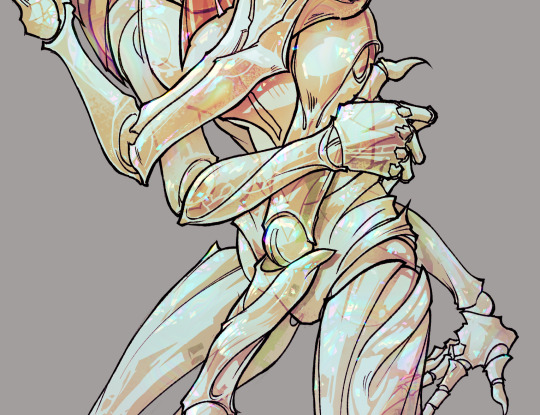
THEN: set it to add/glow (or the equivalent in ur drawing program), lower the opacity a bit, and apply a layer mask. then u can edit the mask with whatever tools you like to create rainbow highlights!!
in this case i'm mostly using the lasso fill tool to chip out little facets, but i've also done some soft airbrushing to bring in larger rainbow swirls in some areas. it's pretty subtle here, but you can see it better when i remove the gradient map that's above everything, since below i'm working in greyscale:
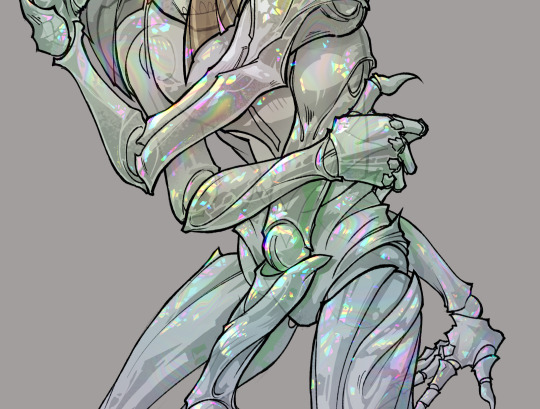
more granular rambling beneath the cut!
u could also just do this with a brush that has color jitter, but what i like about using layer masks for highlight/shading layers is how simple and reversible it makes everything. i can use whatever brushes i want, and erasing/redoing things is super low stakes, which is great when i often approach this stuff with a super trial-and-error approach.
example: have u ever thrown a gradient w multiple colors over an entire piece, set it to multiply etc, and then tried to erase it away to carve out shadows/highlights? it's super frustrating, bc it looks really good, but if u erase something and then change ur mind later, u basically would have to like. recreate the gradient in the area u want to cover up again. that's how i used to do things before figuring out layer masks!! but masking basically creates a version of this with INFINITE undo bc u can erase/re-place the base layer whenever u want.
anyway, back to rambling about this specific method:
i actually have TWO of these layers on this piece (one with the liquified swirls shown above, and another that's just a normal concentric circle gradient with much broader stripes) so i can vary the highlights easily as needed.
since i've basically hidden the rainbow pattern from myself, the colors in each brushstroke i make will kind of be a surprise, which isn't always great -- but easily fixable! for example, if i carve out a highlight and it turns out the rainbow pattern in that area is way too stripey, i can just switch from editing the mask to editing the main layer and blur that spot a bit.
also, this isn't a full explanation of the overall transparency effect in these screencaps! there's other layer stuff happening below the rainbow highlights, but the short version is i have all this character's body parts in different folders, each with their own lineart and background fill, and then the fill opacity is lowered and there's multiply layers clipped to that -- blah blah it's a whole thing. maybe i'll have a whole rundown on this on patreon later. uhhh i think that's it tho! i hope u get something useful out of this extremely specific thing i did lmao
12K notes
·
View notes
Text
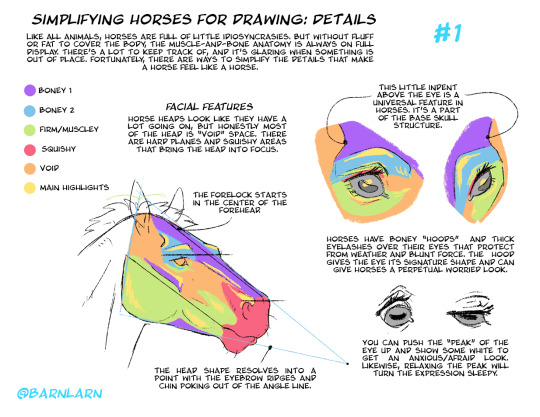
Working on another poster! Here's part 1: facial structure and eyes. Nose and ears up next.
Simplifying Horses for Drawing Part 1
#art#tutorials#horse#horse drawing#horses#tips#drawing tips#anatomy#drawing reference#wip#horse heads
3K notes
·
View notes
Text
How to wrap chinese jiaozi饺子 (dumplings)
3K notes
·
View notes
Text
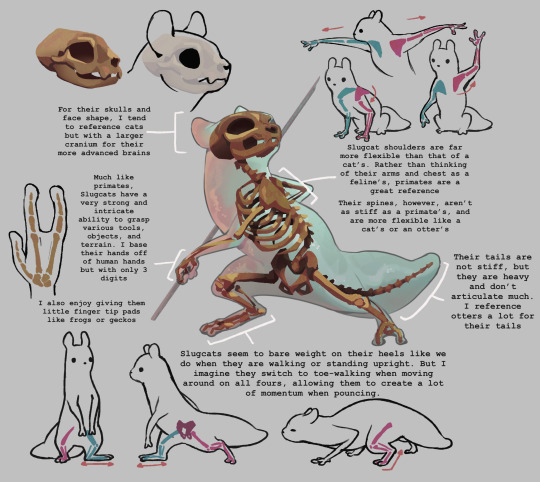
someone asked me a while ago how I draw slugcats and I wanted to make a huge guide going into how I rationalize their anatomy but I’ve been so busy w college I haven’t been able to touch it in like a month! So I decided to post these few notes I had! One day I’ll get back and make an entire guide but for now have these little notes :)
Animals I tend to gravitate towards for slugcat references are: otters, weasels, cats, and monkeys!
Also this isn’t me saying this is what their anatomy is, more so how I think of it and what landmarks I use when I draw!
4K notes
·
View notes
Note
Hi, Tracy! Can you please tell me... what that hell is the context of this drawing? Found this on here, Tumblr, and i have been asking myself ever since. Love your work <3
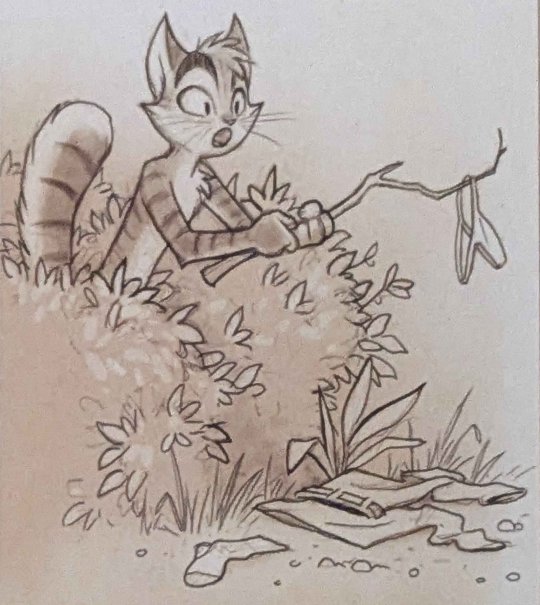
Hehe.. It's from a tutorial I made about drawing clothing wrinkles.
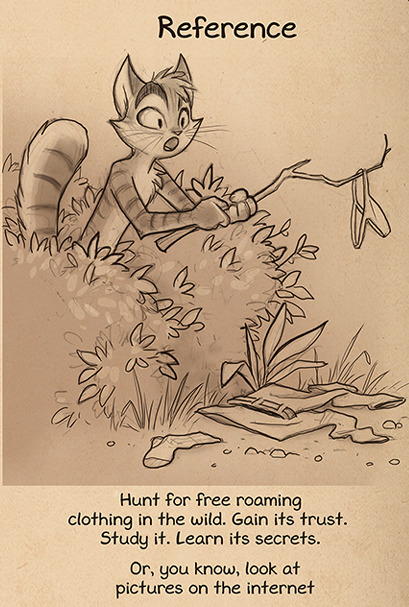
(The tutorial is available to my Patrons. It's also in the Lackadaisy Essentials Book + eBook.)
1K notes
·
View notes
Text
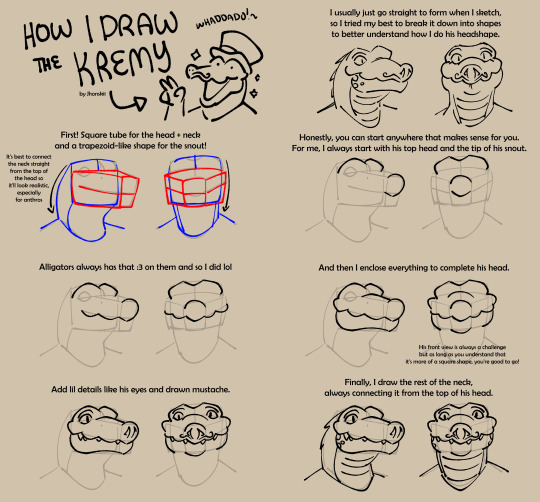
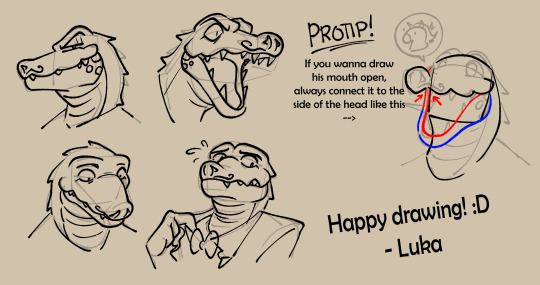
Made a quick tutorial on how I do Kremy's head for the peeps from the official avantris discord and now Imma share it here too :3
#jhonskii art#tutorials#kremy lecroux#once upon a witchlight#legends of avantris#alligators#fanart#hope this helps a little :'3
2K notes
·
View notes
Text
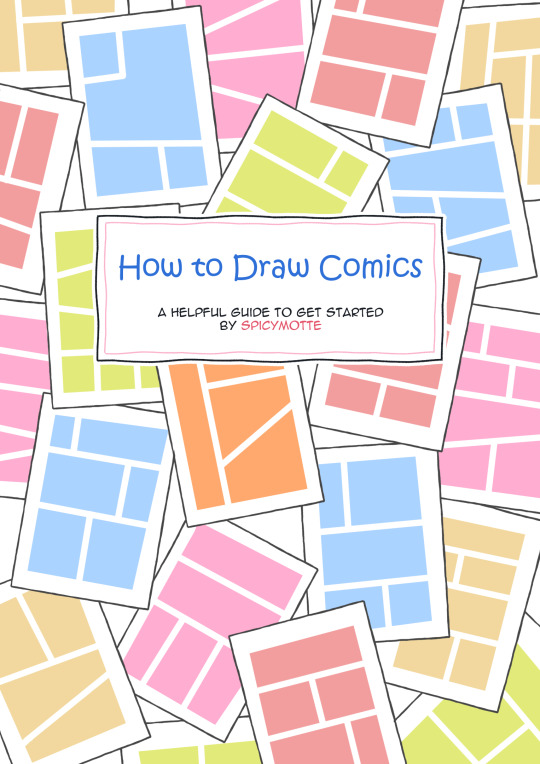


⭐ How to Draw Comics - a helpful guide for beginners by spicymotte is a 20-page booklet on how to make comics, even if you have never touched this subject before! My guide for comic newbies is now available on itch.io!
581 notes
·
View notes
Text
fuck the hero's journey you don't need all of that you only need 4 points to kickstart a story basis you can build on top of
who: want: obstacle: need:
define your character. tell me what it is they want in this story. what obstacle is preventing them from getting what they want? now, what do they need to realise in order to resolve their conflict? in some cases the need may result in the story ending without them getting what they want, and that's real bc they still went through an emotional arc. examples + rambling under the cut
i will bullshit something right now just to show you
who: a gay bartender. want: to get with the guy he's serving. obstacle: no matter what the bartender mixes and serves to try and impress the guy, the guy doesn't seem invested. need: to realise the guy wasn't interested in the drinks bc he was more interested in eyeing up the bartender, and that he only ever needed to ask the guy out in plain terms.
who: someone who sinks into the background and is very shy. want: to become famous and the life of the party, for everyone to know and like her. obstacle: talking to people is scary! and really hard to do consisently! need: to realise she didn't really desire attention from all sides, but just wanted one friend she could grow close with. turns out the quiet life is quite pleasant! and even more pleasant with a pal.
sometimes throwing down stuff like this will lead u onto more developing thoughts which tie stuff together more. such as: maybe girl in example 2 learnt she only wanted 1 friend bc she found someone who thought her shy personality was charming. so now you wanna develop who this friendly friend is, and so on.
you can apply it to stories you already know too. try and reverse engineer some stories you enjoy to figure out their basic structure.
ofc this method has its limitations, it kind of relies on some sort of moral throughline to tie things together instead of just letting things naturally exist and progress and find complexity, but as a way to kickstart writing a story from scratch it tends to help me out so i hope it helps u out toooooo
also just so we're clear dont worry hero's journey u are brilliant as u are and a fantastic tool for story-making. i just dont have enough braincells to do all that when i need to just chuck something out as a foundation which i can then play with and reiterate upon asap
#its 2am and ive been listening to cj the x#and i was overwhelmed with the urge to share this self consolidated lil checklist with the world bc i realised its just kind of#sat in my notes. but it's very handy so why let it rot in there#maybe it'll help someone. idk!#tutorials#writing advice
507 notes
·
View notes
Text
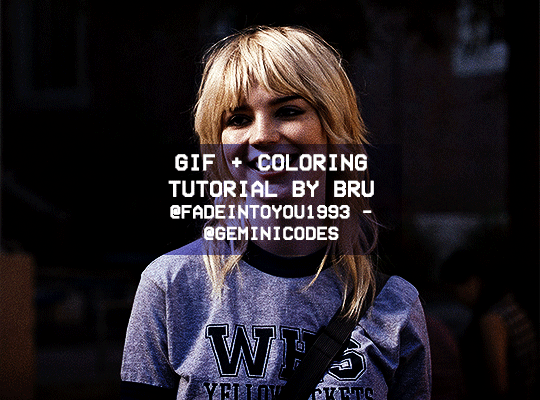
Hello! I've decided to make an updated tutorial on how I gif, since some of my giffing methods have changed since I made my first one (and this one is still valid, by the way! I've just changed a few things and I thought the update would be good.)
In this tutorial you'll find:
A download link for Photoshop CC 2020;
Step-by-step instructions on how to make gifs and color them;
A sharpening action for your gifs;
A base psd for gifs.
Get the tutorial here (just type 0 to get it for free, and if you'd like to support me, any amount is extremely appreciated).
I accept commissions for tutorials + support me on ko-fi?
#tuserdee#dailyresources#completeresources#userbecca#gif tutorial#gif resources#mine#resources#*#my tutorials#tutorials#my resources#gif#my psds#my actions#psds#actions#reposting it on main bc fucking sideblog is shadowbanned LOL!!!!!!!!!!!
405 notes
·
View notes
Text
Halfway through a Tumblr art tutorial on how to draw horses, squinting at the screen with furrowed brow like, okay, is this a very high concept autobiography piece, or is it really just about how to draw horses?
686 notes
·
View notes